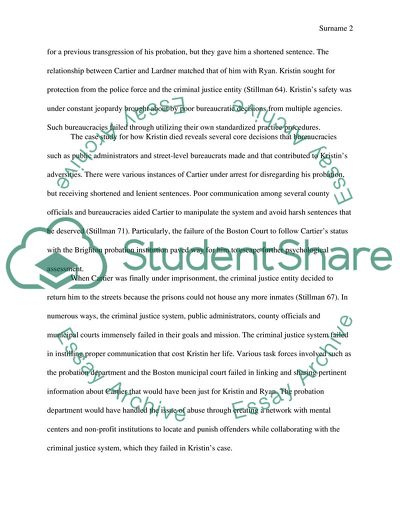Cite this document
(The Concept of Bureaucracy Case Study Example | Topics and Well Written Essays - 1501 words, n.d.)
The Concept of Bureaucracy Case Study Example | Topics and Well Written Essays - 1501 words. Retrieved from https://studentshare.org/sociology/1623185-the-concept-of-bureaucracy
The Concept of Bureaucracy Case Study Example | Topics and Well Written Essays - 1501 words. Retrieved from https://studentshare.org/sociology/1623185-the-concept-of-bureaucracy
(The Concept of Bureaucracy Case Study Example | Topics and Well Written Essays - 1501 Words)
The Concept of Bureaucracy Case Study Example | Topics and Well Written Essays - 1501 Words. https://studentshare.org/sociology/1623185-the-concept-of-bureaucracy.
The Concept of Bureaucracy Case Study Example | Topics and Well Written Essays - 1501 Words. https://studentshare.org/sociology/1623185-the-concept-of-bureaucracy.
“The Concept of Bureaucracy Case Study Example | Topics and Well Written Essays - 1501 Words”, n.d. https://studentshare.org/sociology/1623185-the-concept-of-bureaucracy.


